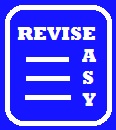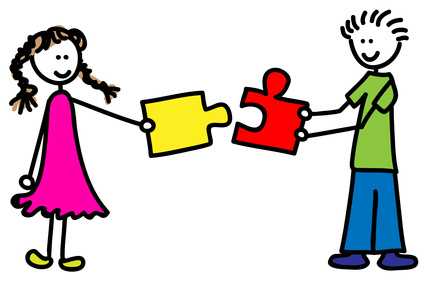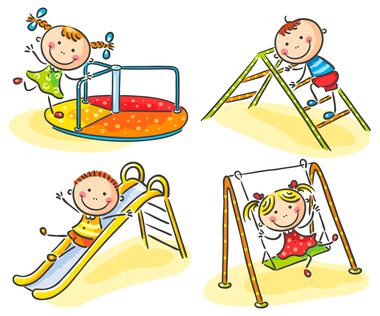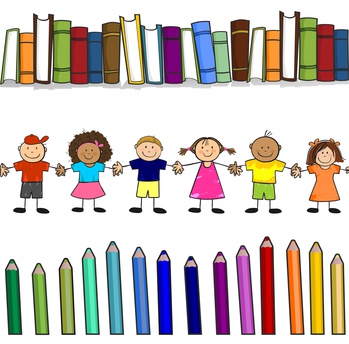Skinner's theory of operant conditioning
B.F Skinner (1904-1990) proposed that children learn from consequences of behaviour. In other words if children experience pleasantness as a result of their behaviour, then they are likely to repeat that behaviour. Conversely, if children experience unpleasantness as a result of their behaviour, then they are unlikely to repeat that behaviour.
Skinner proposes the use of reinforcements to encourage desirable behaviour and to discourage negative behaviour in children.
Reinforcements can be in the form of rewards and sanctions which parents can use in the home to promote good behaviour and deter bad behaviour. Equally, in early years setting, practitioners can use reinforcements to create a positive environment in which children learn about rules for acceptable and unacceptable behaviour.
Examples:
- Mum asked Ivan to tidy his room. When he finished tidying, his mum allowed him to watch cartoons on TV. From this experience, Ivan will learn to tidy his room often without being told because he knows mum will reward him.
- Karinya didn't finish her homework, so she couldn't go out to play with her friends. From this experience Karinya learnt that she would have to complete her homework next time, so she could play with her friends.
- In the nursery, when Amy shared her toys with the other children, her carer praised her verbally and gave her a sticker. Amy learnt that she should always share her toys and that is expected in the nursery.
It's important that parents and early years practitioners reactions to children's behaviour is consistent in order to strengthen postive behaviour and weaken negative behaviour.
| Concept | Promote positive behaviour in schools and early year settings | Promote positive behaviour in the home |
|---|---|---|
Positive reinforcement when you add something pleasant to strengthen or enhance a behaviour (rewards) |
Give stickers: When children tidy up or put away the toys.When children learn to count or learns the alphabet. Give Medals: Sport achievements.Doing charity work. Allocate 'golden time': A time dedicated to rewarding children for good behaviour.A time to spend doing something special or enjoyable E.g extra playtime, play favourite sports or listen to music and dancing. Give verbal praises: 'Well done' or 'Good girl' when child has painted a picture or made something with play dough. |
Give smile or cuddle: When baby makes sound.when child says first words or takes first step. A sweet: If child greets a parent.If child says 'thank you' or 'please'. Child tidies his/her room without being told. Special time: Watch favourite cartoon or play video game.whole family play monoply or othe games. Bake a cake |
Negative reinforcement When you take away something unpleasant to strengthen or enhance a behaviour |
Avoid eating food item that children dislikes: If child finishes all the food on the plate and drinks a carton of milk at meal time, then they won't have to eat the yogurt at snack time. |
Off duties: If child can behave when visitors call, then he/she will not have to do tidy up duties. |
To weaken children's undersired behaviour or to discourage them from behaving badly, early years practitioners can introduce sanctions. This can be in the form of positive punishment or negative punishment.
Positive punishment refers to adding something unpleasant to deter behaviour and negative punishment refers to removing something pleasant to deter behaviour. See the table below:
| Concept | Promote positive behaviour in schools and early year settings | Promote positive behaviour in the home |
|---|---|---|
Positive punishment Positive punishment is when you add something unpleasant or weaken a behaviour . |
Tidying up duties: For showing aggression.For using bad language. For biting or kicking another child. Detention: Not handing in homework.Arriving late in class. |
Grounded for a week for misbehaviour: Not tidying room. Not doing homework. |
Negative punishment This is when you take away something pleasant to weaken a behaviour. |
Time out: (taking their time away) Showing aggression.Using bad language. Biting other children. kicking another child. Remove favourite toy For snatching toys in the nursery from other children.Not taking turns to share toys. |
No computer games or playing with friends: For fighting with siblings or throwing a tantrum.No ice cream or dessert: For not finishing a meal. |
Role of early years practitioner
Practitioners and carers are role models for the young children, so it is important they set good examples in order to promote positive behaviour.Examples:
- Being polite: saying thank you, please and sorry
- Treating every one fairly
- Listening and showing respect to children and adults
- Being consistent in their behaviour
REFERENCES
Skinner, B.F. (1974) About Behaviourism. New York: Knof
Caroline Meggit & Tina Bruce (2014) CACHE Level 3 Early Years Educator. Hodder Education:London
Caroline Meggit (2011) CACHE Level 3 Children & Young People's Workforce Certificate. Hodder Education:London
Tassoni et al (2014) Level 3 Early Year Educator. Pearson: Harlow Essex






